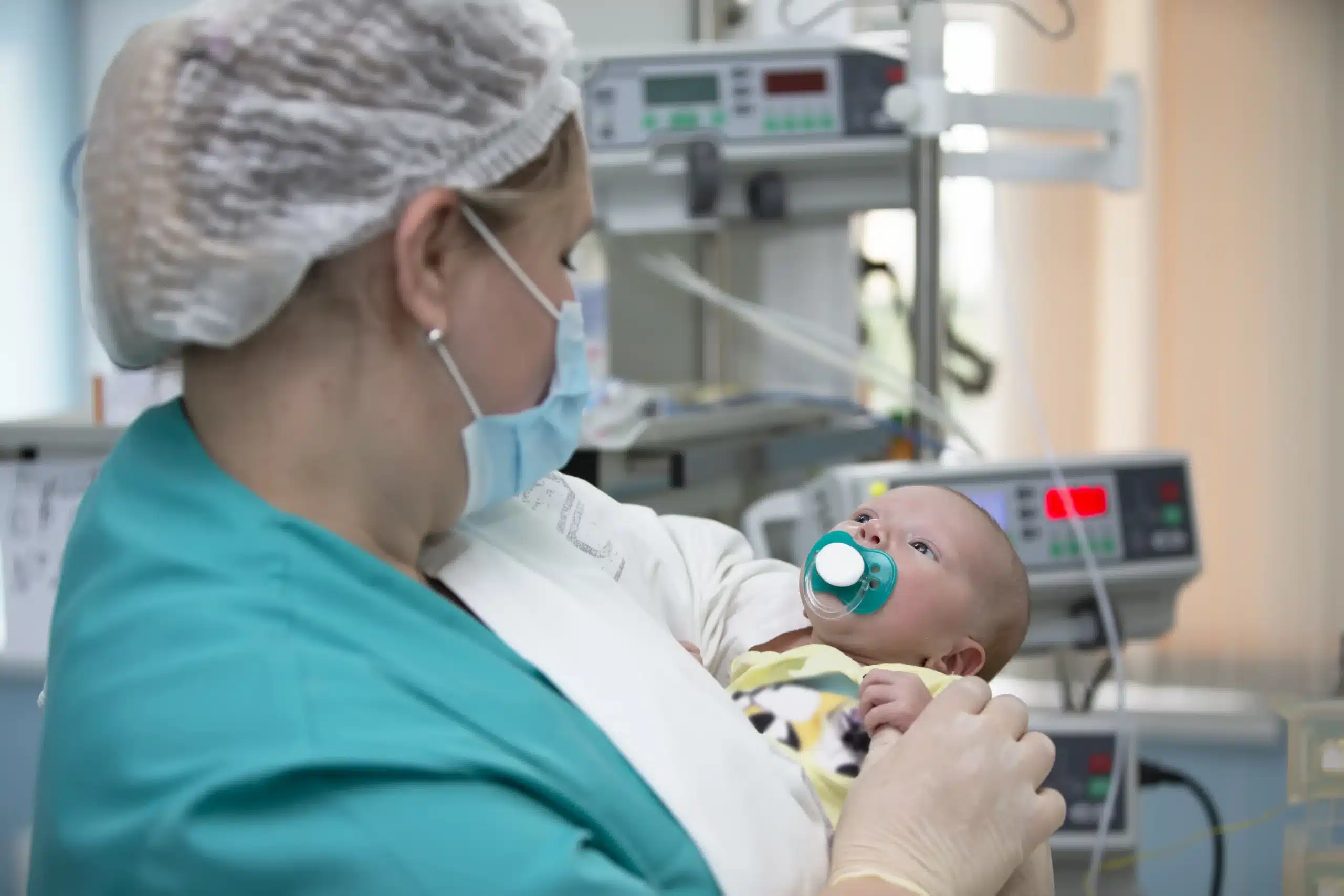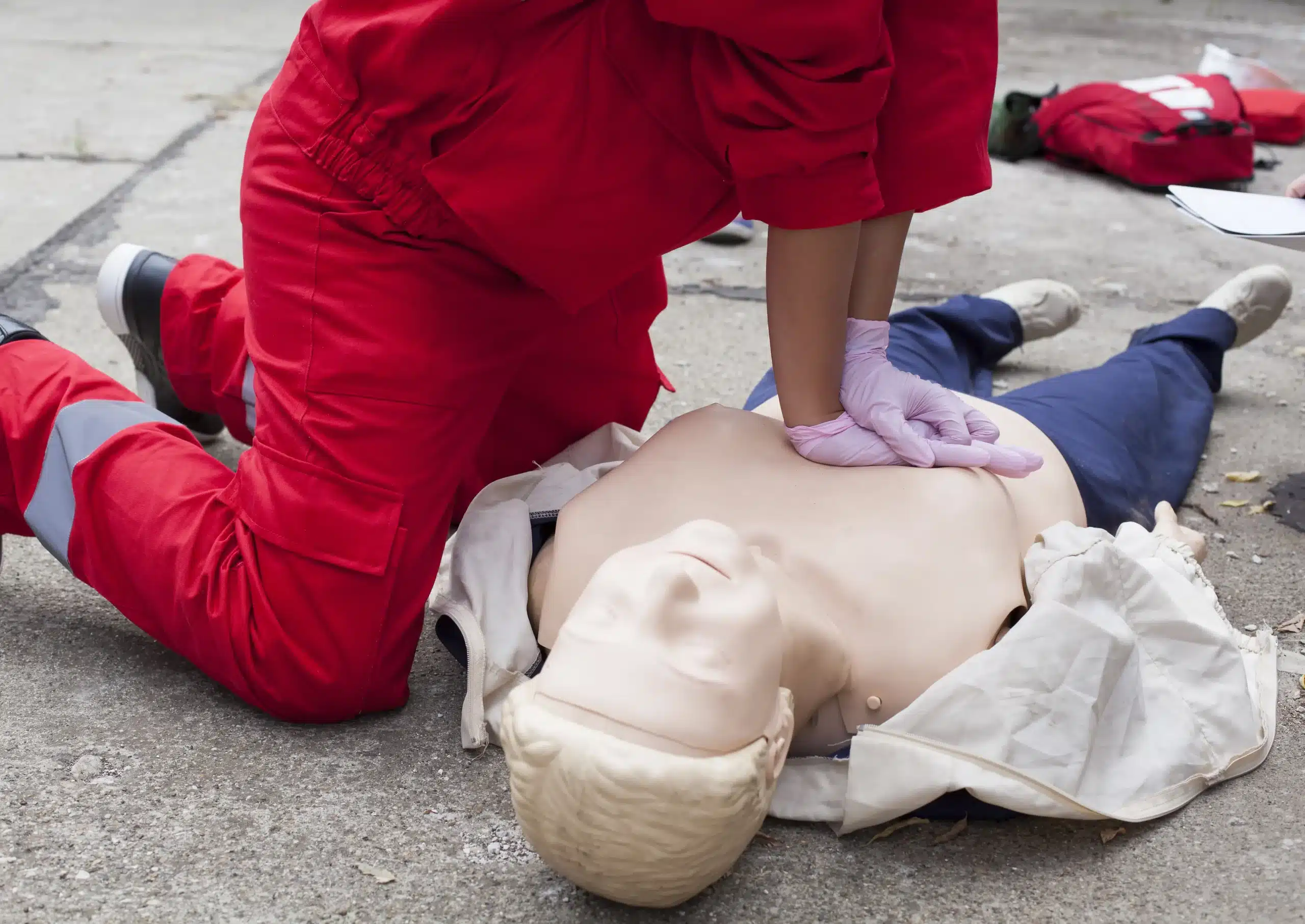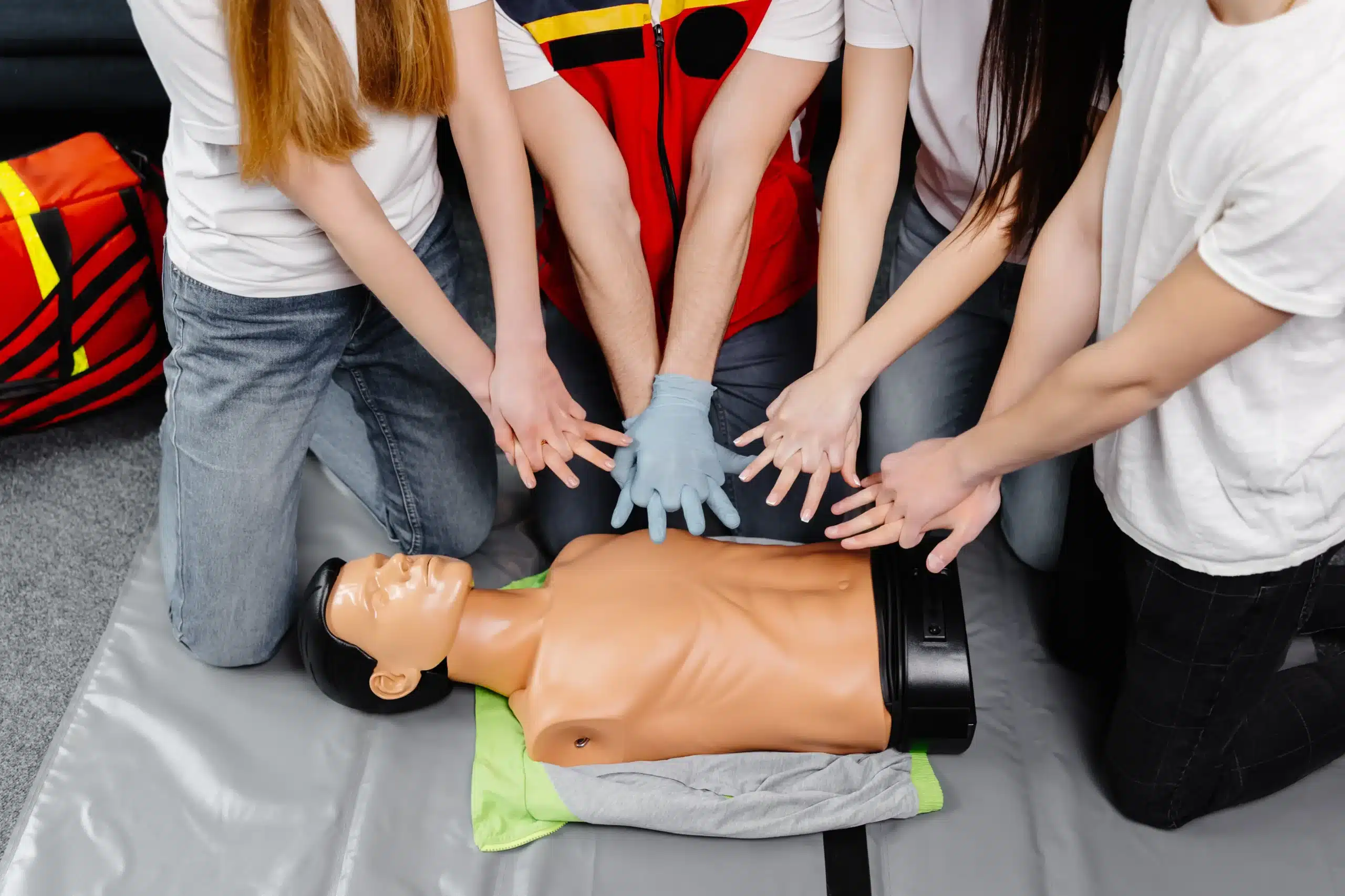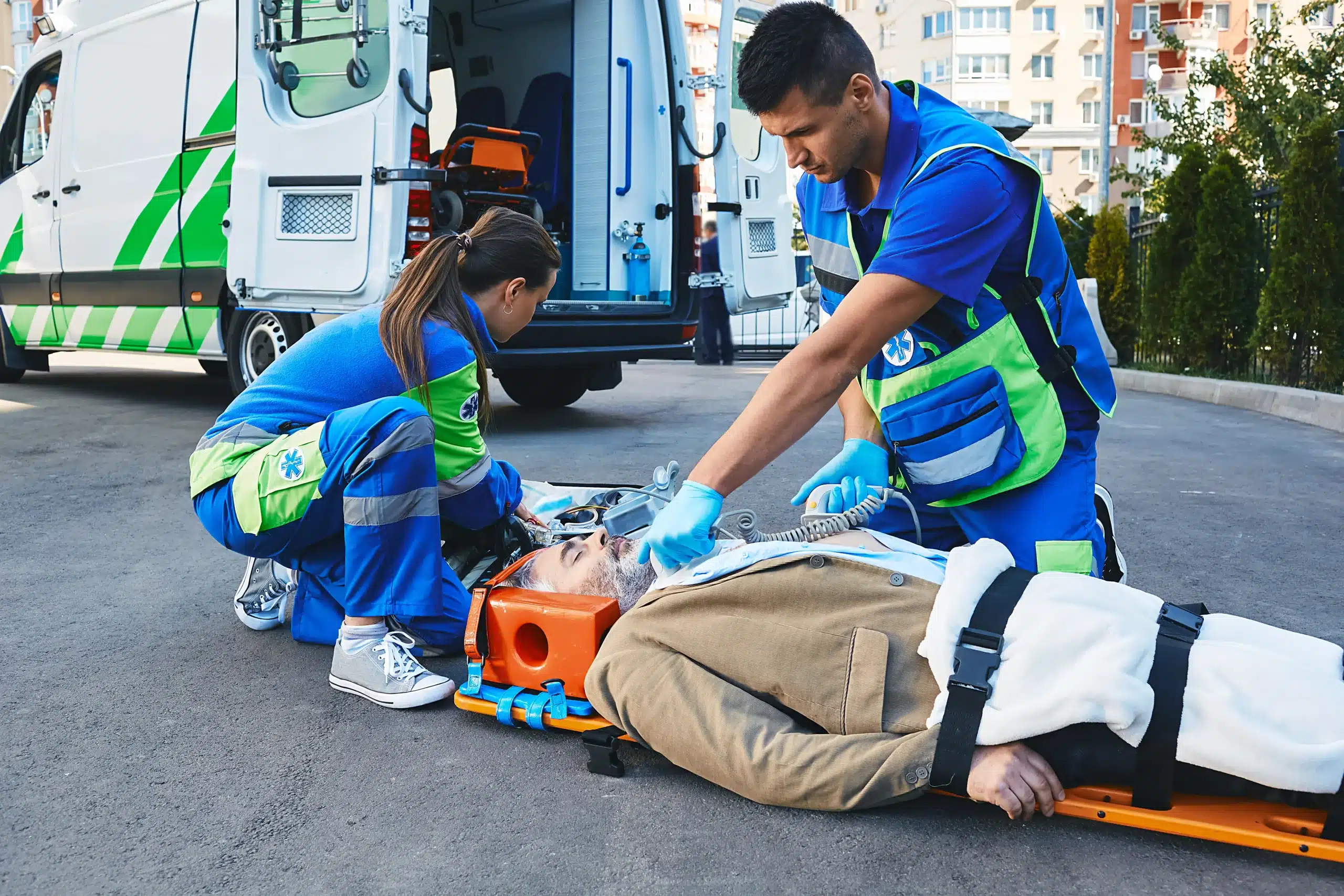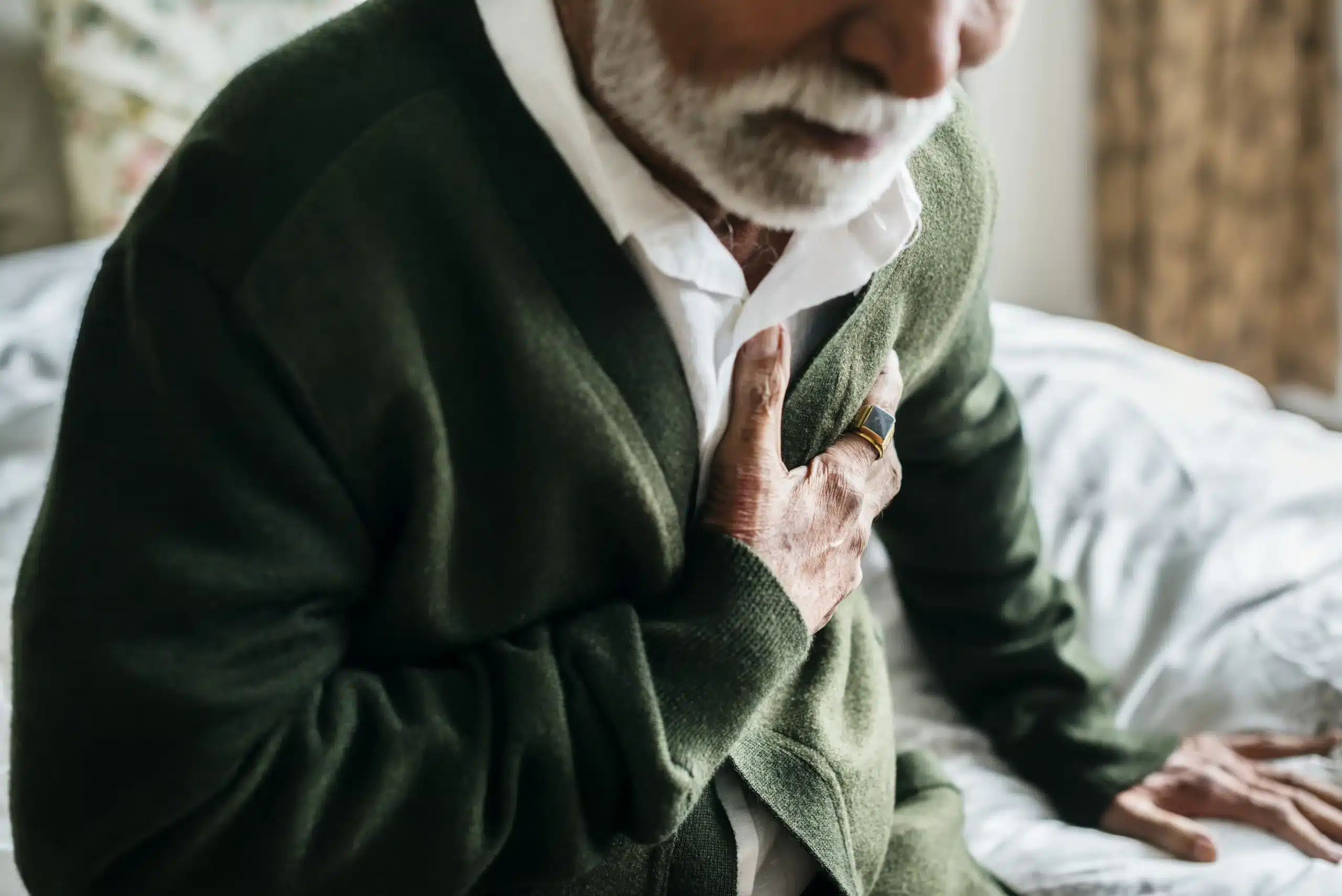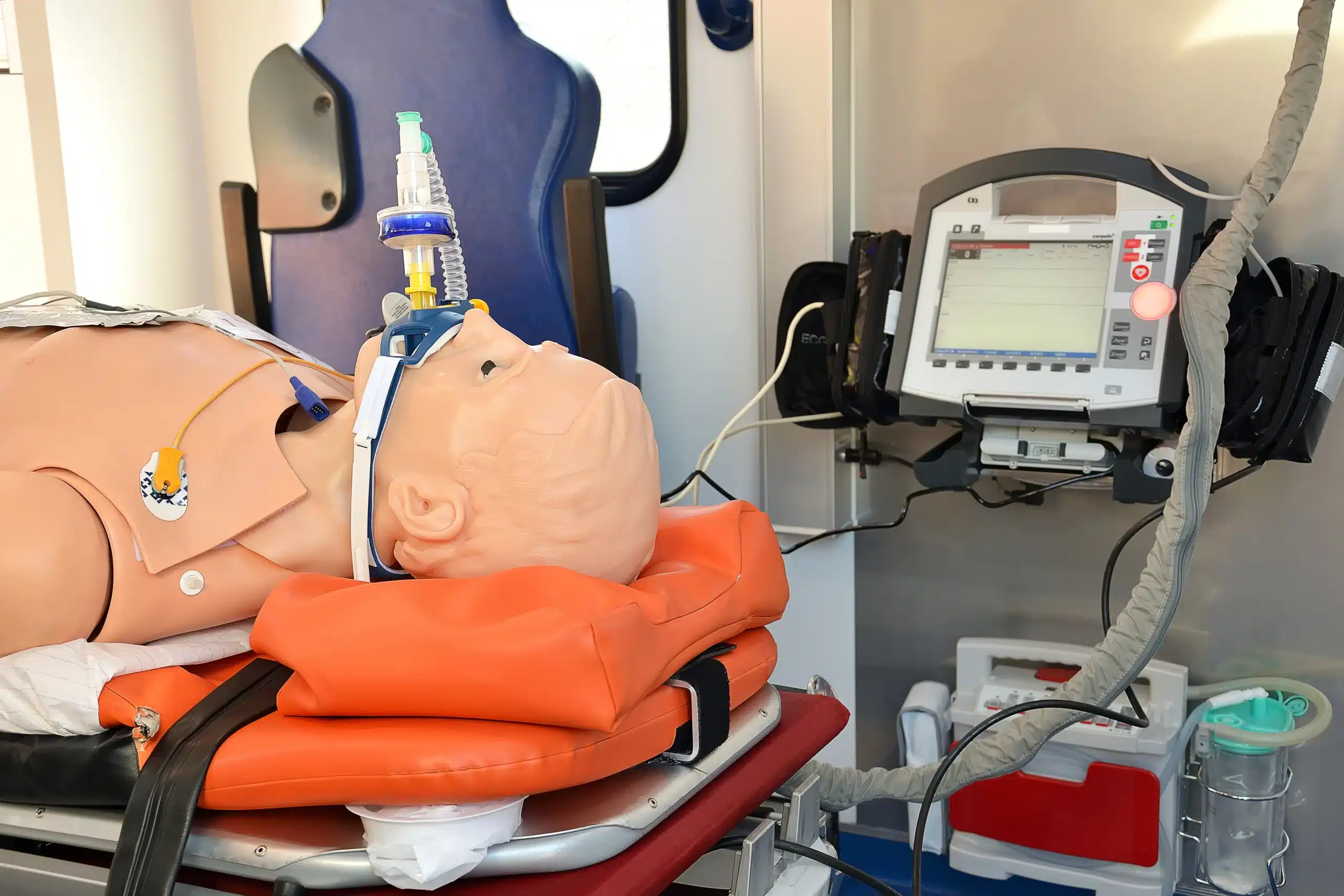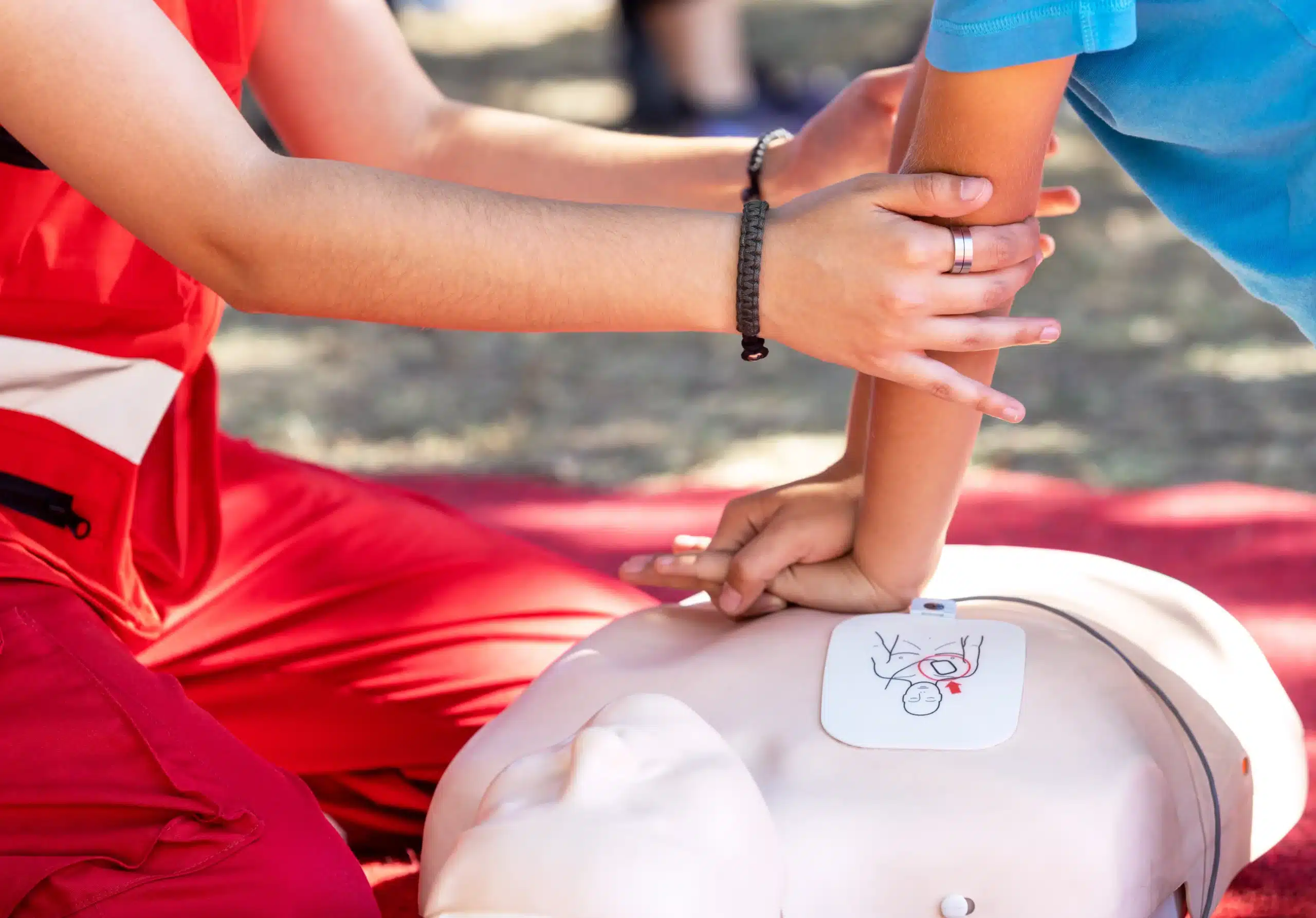Your BLS certification is more than just a credential—it’s a testament to your commitment to providing critical care in emergencies. But like any skill, BLS requires regular practice and updated knowledge to remain effective. If you’re looking for “BLS recertification near me,” you’re in the right place. This guide will break down the essentials of BLS recertification, including where to find courses, what to expect during training, and how to prepare for the exam. We’ll explore different learning formats, from in-person classes to online options, and discuss the costs and prerequisites involved. Let’s ensure your life-saving skills are always ready to make a difference.
Key Takeaways
- Regular BLS recertification keeps your life-saving skills sharp. It’s not just about renewing your card; it’s about confidently responding to emergencies. Explore various course formats and providers to find the best fit.
- Choose a BLS recertification course that aligns with your learning style and schedule. Consider factors like cost, location, and provider reputation. Ask potential providers about what’s included and if they offer any discounts.
- Prepare for your recertification by reviewing the latest guidelines and practicing your skills. Hands-on practice and online resources can boost your confidence and ensure you’re ready for the real thing.
What is BLS Recertification?
BLS recertification is how healthcare providers, and other professionals who use BLS, keep their life-saving skills current. Like many certifications, BLS credentials expire after two years. There’s no grace period, so staying up-to-date is essential for maintaining your qualifications and providing effective care. Recertification involves taking a BLS renewal course and passing an exam. After successfully completing these requirements, you’ll receive an updated certification card, valid for another two years. It’s a straightforward process designed to ensure you’re always prepared to respond to emergencies. Many providers offer these courses, including the American Heart Association and the American Red Cross. You can find both in-person and online options to suit your schedule and learning preferences. The goal is to refresh core skills like CPR, using an AED, and relieving choking. These skills save lives, and regular recertification ensures you can perform them confidently in stressful situations.
Why Recertify Your BLS?
BLS certification is vital for many healthcare professionals and anyone who needs to respond to medical emergencies. It gives you the skills to perform CPR, use an AED, and deliver other life-saving interventions. But like any skill, your BLS knowledge and technique can fade. That’s why regular BLS recertification is so important. It’s not just a formality; it’s about making sure you’re ready to act confidently and effectively in a crisis.
Recertification courses reinforce the core principles of BLS and update you on any changes to the guidelines. Staying current with these guidelines is crucial, as best practices evolve with ongoing research. Refresher training also helps you maintain essential skills like high-quality chest compressions and rescue breaths. Regular practice builds muscle memory and reduces hesitation during a real emergency. Ultimately, staying sharp with your BLS skills increases the chances of positive outcomes for patients needing immediate care.
Find BLS Recertification Courses Near You
Finding the right BLS recertification course can feel overwhelming, but it doesn’t have to be. Start by exploring different providers and course formats to find the best fit for your schedule and learning style. Here’s a rundown of popular options:
Top BLS Recertification Providers
American Heart Association (AHA)
The American Heart Association offers various ways to renew your BLS certification, including online courses and in-person classes. They’re a trusted source for high-quality CPR training and certification.
American Red Cross
The American Red Cross also provides BLS renewal and recertification courses. Check their website for course availability in your area.
Local Community Colleges
Your local community college often offers CPR and BLS recertification courses, sometimes at a lower cost than other providers. Community colleges can be a good resource for affordable training options.
Tracy CPR Classes
Tracy CPR Classes offers a streamlined BLS renewal process, including the online portion, skills testing, and your certification card. This can be a convenient option if you prefer to complete everything in one place. They also maintain a Northern California CPR directory to help you find other training centers.
Specialized Health and Safety Training Centers
Many specialized centers focus on health and safety training. For example, Safety Training Seminars offers various American Heart Association-certified courses, including BLS.
Online Certification Platforms
Online BLS certification can be a flexible and convenient way to recertify. Look for reputable providers that meet the same standards as in-person classes. Make sure the online program you choose aligns with your learning preferences and provides adequate support.
Course Formats and Duration
Finding the right course format is key to a smooth recertification process. Let’s break down the most common options: in-person, online, and blended learning. Each has its own advantages, so consider what works best with your schedule and learning style.
In-Person Classes
In-person classes offer a hands-on learning experience, perfect for those who thrive in a traditional classroom setting. You’ll work directly with a certified instructor, practice skills on mannequins, and get immediate feedback. These classes usually run between two and a half to four and a half hours, allowing for comprehensive training and ample Q&A time. This format is ideal for people who value face-to-face interaction and learn best through direct demonstration. The Red Cross offers a variety of in-person courses, as do many other training centers.
Online Courses
If your schedule is packed, online courses offer a flexible alternative. You can complete the coursework at your own pace, anytime, anywhere. Tracy CPR Classes offers online BLS training that combines online modules with an in-person skills assessment. This blended approach lets you learn the theoretical material on your own time and then demonstrate your skills in a practical setting. Online courses are a great option for those juggling work, family, or other commitments.
Blended Learning
Blended learning combines the best of both worlds. You’ll cover the course content online, then attend a shorter in-person session to practice your skills and take the certification exam. This format offers flexibility while still providing the hands-on experience crucial for BLS. This approach is a good fit for those who want a more comprehensive understanding of the material but prefer the convenience of online learning for the theoretical portion. The Red Cross also offers blended learning formats for many of their courses.
BLS Recertification Costs
Getting recertified in BLS is an investment in your career and the safety of those around you. Understanding the costs involved will help you budget effectively and find the best value.
Typical Price Ranges
BLS recertification costs vary based on several factors, including your location, the training provider, and the course format. Expect to find prices ranging from $70 to $120. At Tracy CPR Classes, our BLS renewal is $120, which covers the online portion, the skills test, and your certification card. This comprehensive approach ensures you’re well-prepared for any emergency. Remember that prices can differ between providers, so it’s always wise to compare options.
Additional Fees
While the advertised price usually covers the core training and certification, be mindful of extra fees. Some providers might charge separately for study materials, online access, or other administrative costs. Explore all the costs upfront to avoid surprises. Asking about potential additional fees during registration is always a smart move.
Discounts and Group Rates
If you’re recertifying with a group of colleagues or classmates, inquire about group discounts. Many providers offer reduced rates for group classes. You might also find discounts for combining certifications, like CPR/First Aid/BLS. Check with providers like Safety Training Seminars for these opportunities. Many CPR training providers also offer periodic promotions, so keep an eye out for deals. This can make these valuable courses more accessible.
Prerequisites and Enrollment
Required Qualifications
Before signing up for BLS recertification, make sure you meet the qualifications. You’ll need a current or recently expired (within 30 days) BLS provider card from a recognized organization like the American Heart Association (AHA) or the American Red Cross. Check with your chosen training center to confirm their specific requirements, as some providers, like the AHA, allow recertification up to 30 days following your card’s expiration.
Enrollment Steps
Once you’re ready, finding the right course is simple. First, decide which learning format works for you: online, in-person, or blended learning. Tracy CPR Classes offers a variety of options, including a course that combines online learning, skills testing, and provides your certification card all in one place. After you’ve chosen your course, register and complete the training and assessments. You’ll receive your updated BLS certification card after successfully finishing everything.
Choose the Right BLS Recertification Course
Finding the right BLS recertification course involves more than just a quick Google search. It’s about finding a program that fits your needs, learning style, and schedule. This section breaks down the key factors to consider when making your decision.
Factors to Consider
Think about how you learn best. Do you thrive in a hands-on, in-person classroom setting? Or do you prefer the flexibility of online learning? Consider your schedule and how much time you can realistically dedicate to recertification. Tracy CPR Classes offers various course formats to accommodate busy schedules. Finally, think about your budget. Course costs can vary, so compare pricing and explore options like group discounts if you’re recertifying with colleagues. Look for accredited providers with experienced instructors to ensure a high-quality learning experience. Our BLS renewal guide offers more tips on finding the right course.
Questions to Ask Providers
Before committing to a BLS recertification course, ask potential providers some key questions. First, confirm they offer American Heart Association (AHA) certified courses, like those at Tracy CPR Classes. AHA certification ensures your credentials are widely recognized and accepted. Inquire about what the course includes, such as training materials and whether there are any extra fees. This blog post covers common questions to ask. If the recertification process involves an in-person skills check or written exam, schedule it in advance. Forgetting this step can cause delays or even missed deadlines. Clarifying these details upfront will help you choose the best BLS recertification course for your individual needs.
Prepare for Your BLS Recertification
Getting ready for your BLS recertification doesn’t have to be stressful. With the right preparation, you can walk into the exam room feeling confident and ready. This section covers study tips and resources, and what you can expect during your BLS recertification course.
Study Tips and Resources
One of the biggest hurdles people face when recertifying is staying on top of any changes in BLS guidelines and procedures. Regularly practicing your skills is key. Think of it like any other skill—consistent practice keeps you sharp. Hands-on practice with a friend or family member can make a real difference. Many online resources offer updated information on BLS techniques, which can be a great way to supplement your in-person training. Online courses and practice tests can also reinforce your knowledge and pinpoint any areas where you might need a refresher. If you’re taking an online recertification course, pay close attention to all the requirements. It’s easy to overlook details like completing modules in order or passing a quiz before moving on, so double-check you’ve covered everything.
What to Expect
Your BLS recertification course will cover the core procedures of BLS, including CPR, using an AED, and how to manage choking. You’ll also review essential skills like recognizing the signs of a cardiac arrest and providing high-quality chest compressions. Many courses include training materials, so check with your provider—like Tracy CPR Classes—to see what they offer. BLS certification covers a range of critical skills, from CPR and AED use to basic airway management. Your recertification course ensures you’re up-to-date on these life-saving techniques. By understanding what to expect and preparing accordingly, you can approach your recertification with confidence.
Related Articles
- BLS Renewal Near Me: Find AHA-Certified Courses – Tracy CPR Classes
- BLS Renewal Near Me: Find the Right Course – Tracy CPR Classes
- BLS Renewal in Lodi: Your Complete Guide – Tracy CPR Classes
- BLS Classes in Lodi: Your Complete Guide – Tracy CPR Classes
- Online BLS Classes in Tracy: Your Certification Guide – Tracy CPR Classes
Frequently Asked Questions
How often do I need to recertify my BLS? BLS certification is typically valid for two years. You’ll need to recertify before your current card expires to maintain your credentials. There’s no grace period, so mark your calendar and plan.
What’s the difference between BLS renewal and recertification? The terms are often used interchangeably. Both refer to the process of updating your BLS skills and credentials before your current certification expires. Whether you call it “renewal” or “recertification,” the goal is to keep your skills sharp and your certification current.
Can I recertify my BLS online? Yes, many providers offer online or blended learning options for BLS recertification. Blended learning usually involves completing the coursework online and then attending a shorter in-person session for a skills check and exam. Fully online recertification is also available, but make sure it includes a hands-on skills assessment component to meet the requirements.
What if my BLS card has already expired? If your BLS card is expired, you’ll need to take a full BLS course rather than a renewal course. Contact your chosen training provider to discuss your options and find the appropriate course. Don’t delay, as having a current BLS certification is essential for many healthcare roles.
How much does BLS recertification cost? The cost of BLS recertification varies depending on the training provider, location, and course format. Expect to pay somewhere between $70 and $120. Check with different providers to compare prices and ask about potential group discounts or other cost-saving options.
